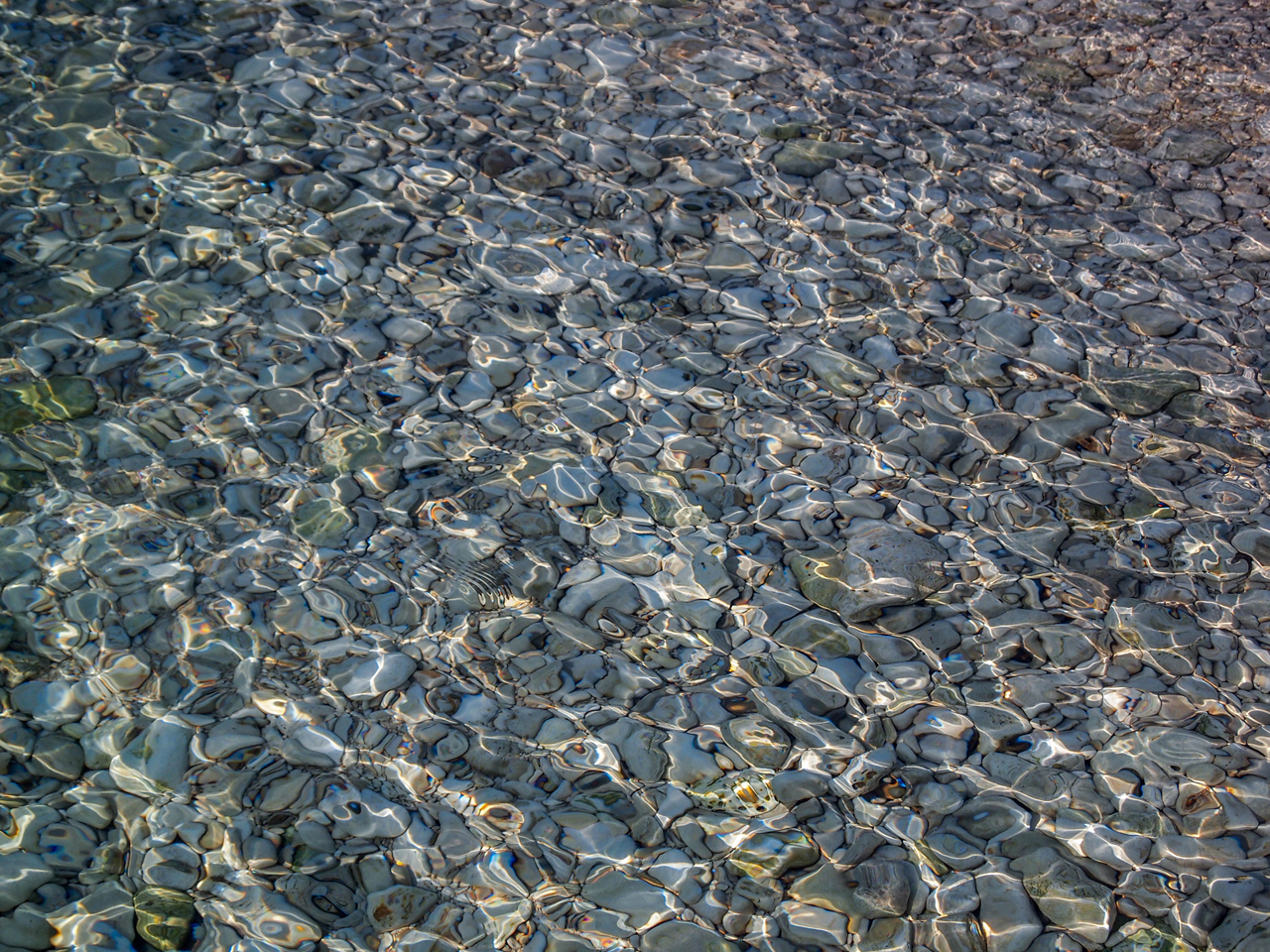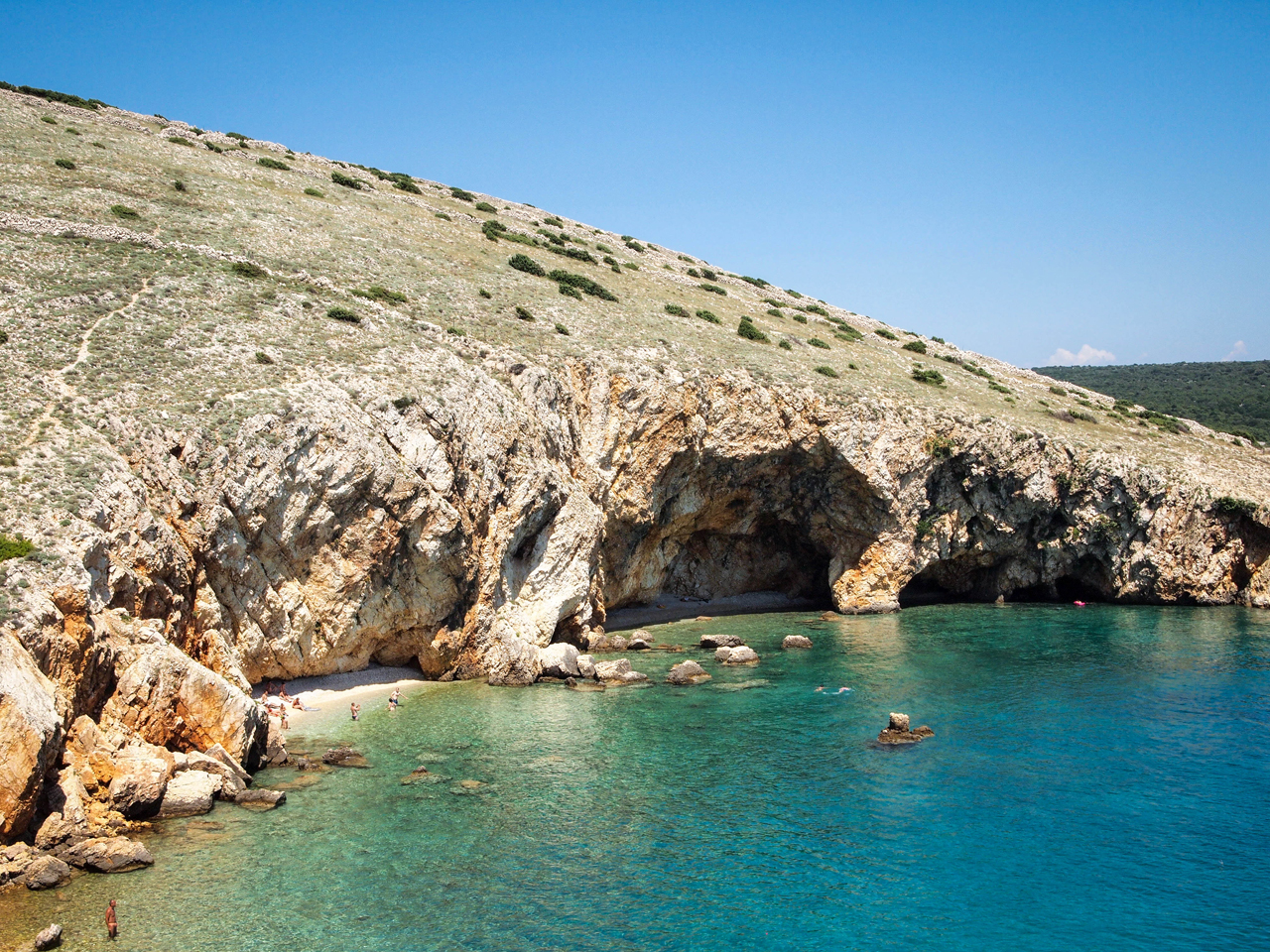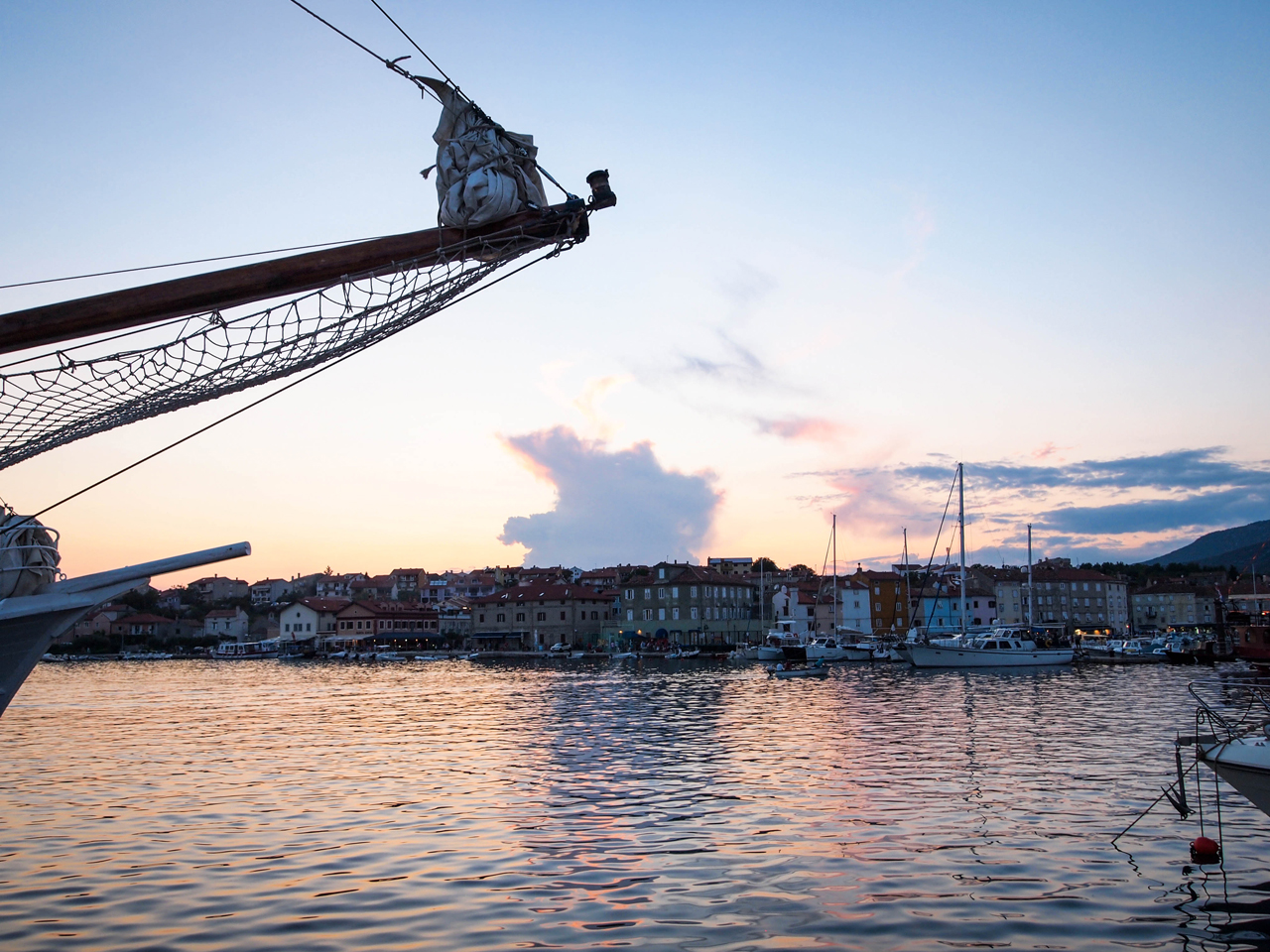Cape Kamenjak is the southernmost point of the Istrian Peninsula, but also the protected landscape with numerous bays, crystal clear sea, steep rocks, lovely pebble beaches, rare plant and butterfly species, scented pine woods and a web of walking and cycling trails.
It is busy and vibrant in the summer months, desolated and wild in the winter months, but always captures you with its simple natural beauty!
Only a 15 minutes drive from the city of Pula, it is beloved destination among nature lovers, cyclists, joggers, wind and kite surfers (actually, Cape Kamenjak is a No.1 surfing destination in Croatia thanks to the strong winds and protected shore), photographers, and tourists (in the summer months, when everyone can find a perfect beach to spend a day on- pebbles, smooth rocks, sand, even a cave, surrounded by pine trees and their refreshing shade).
Its lovely shores are also frequently visited by the rare mammal of our sea- Mediterranean Monk Seal.
Regardless of the fact that I call this place my second home, it is one of the most beautiful landscapes I have ever seen.
























































Even though my Last Year’s Favorites is an annual post that I intended to write at the beginning of each year, last year saw it in February- now, it’s April, but this kind of post seems more convenient than ever.